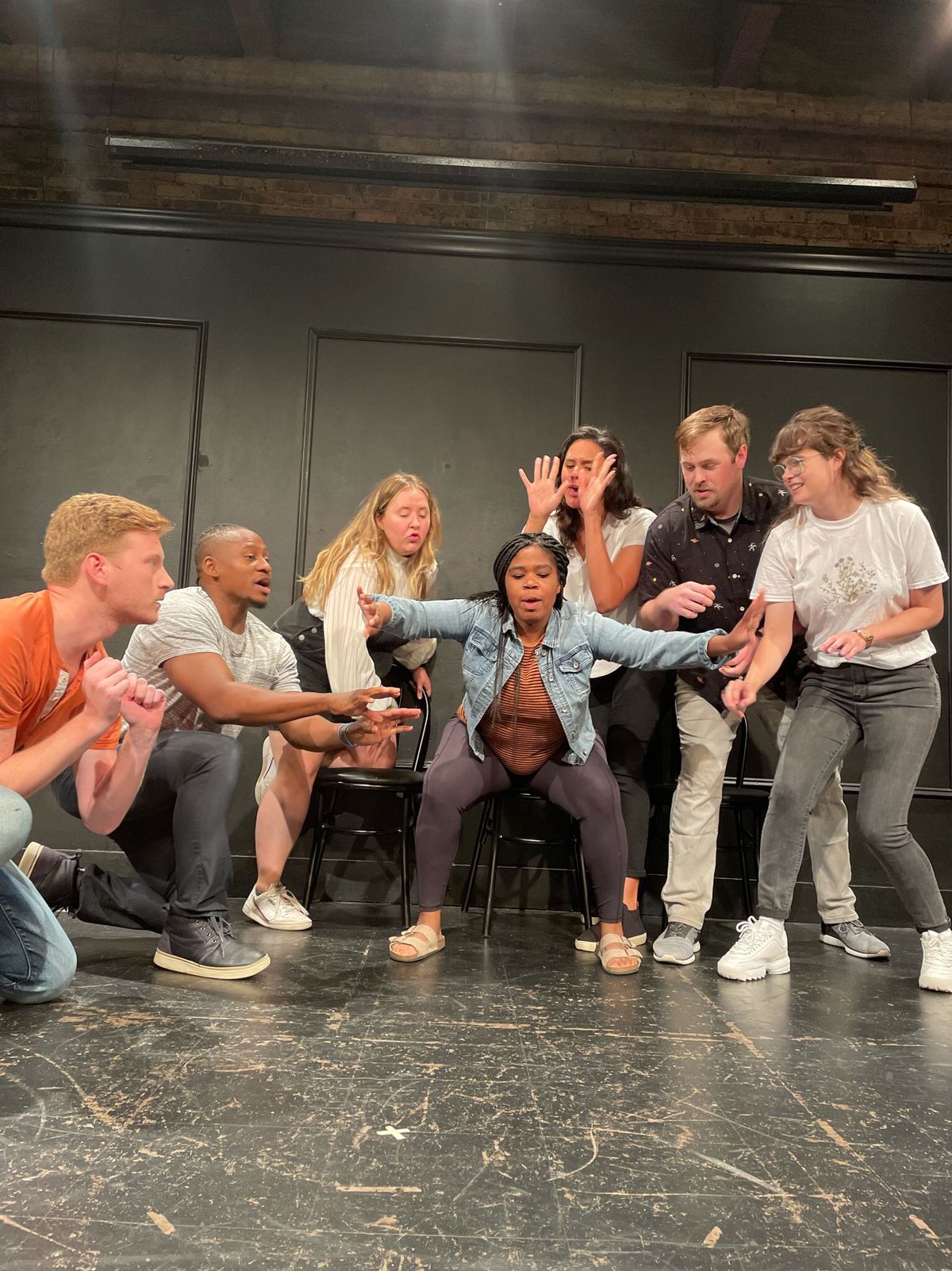The Different Styles of Improv Theatre

There are many different types of improv theatre, but they all share a common goal: to create a performance without any prior planning. It’s important to keep in mind, that this is in no way an extensive list of the only styles available. The best part of improvisation is that new forms are being created and tested every day! Chicago is known as the improv hub of the world, so if you’re interested in joining their think tank during your next visit, download Improv Tonight to catch a show!
The most common type of improv is probably short-form improv, which is based on short scenes or games. Today, there are improv theatre troupes all over the world, performing in a variety of styles. To name a few, short form, long form, and musical improvisation can be observed in theatres around the world. Short form theatre, made famous by the popular television show, Whose Line Is It Anyway, features a group of comedians playing games similar to charades or Pictionary. For example, in the short form game, Party Quirks, instead of guessing movies and objects, the actors receive character suggestions from the audience, later to be guessed by other actors. The mix of audience participation and performance wit creates a personalized show, that can never be repeated!
Long-form improv is another popular type of improv, which is based on developing a single idea or story over a longer period of time. In long-form improv, the performers create a show at the moment, based on a suggestion from the audience. There are no rehearsed scenes or predetermined plot lines. However, the actors may practice a form, in which they want to repeat the characters they’ve established in the moment, or continue exploring the universe they are creating. The performers must be completely present and in the moment, and they must be willing to take risks. This type of improv requires a high level of trust and communication between the performers. It can be a very exciting and liberating experience for both the performers and the audience. The performers are able to explore their creativity and take the show in any direction they want. The audience gets to be a part of the creative process, and they never know what's going to happen next. Long-form improv is a truly unique and special experience.
Other types of improv include musical improv, which uses music as the basis for the performance and often involves singing and dancing. While doing musical improv, the most important lesson is to keep it going. If you’re singing a song, it may not have to rhyme, but it should follow the music and find a chorus that can be repeated by the cast. This way, the music will seem more put together, and the audience will not only recognize the talent but be impressed by the quick songwriting abilities! Musical improv is a great way to get out of your comfort zone and explore your creativity if you’re already an experienced performer.
No matter what type of improv you're watching or participating in, the important thing is to enjoy the ride and go with the flow!
